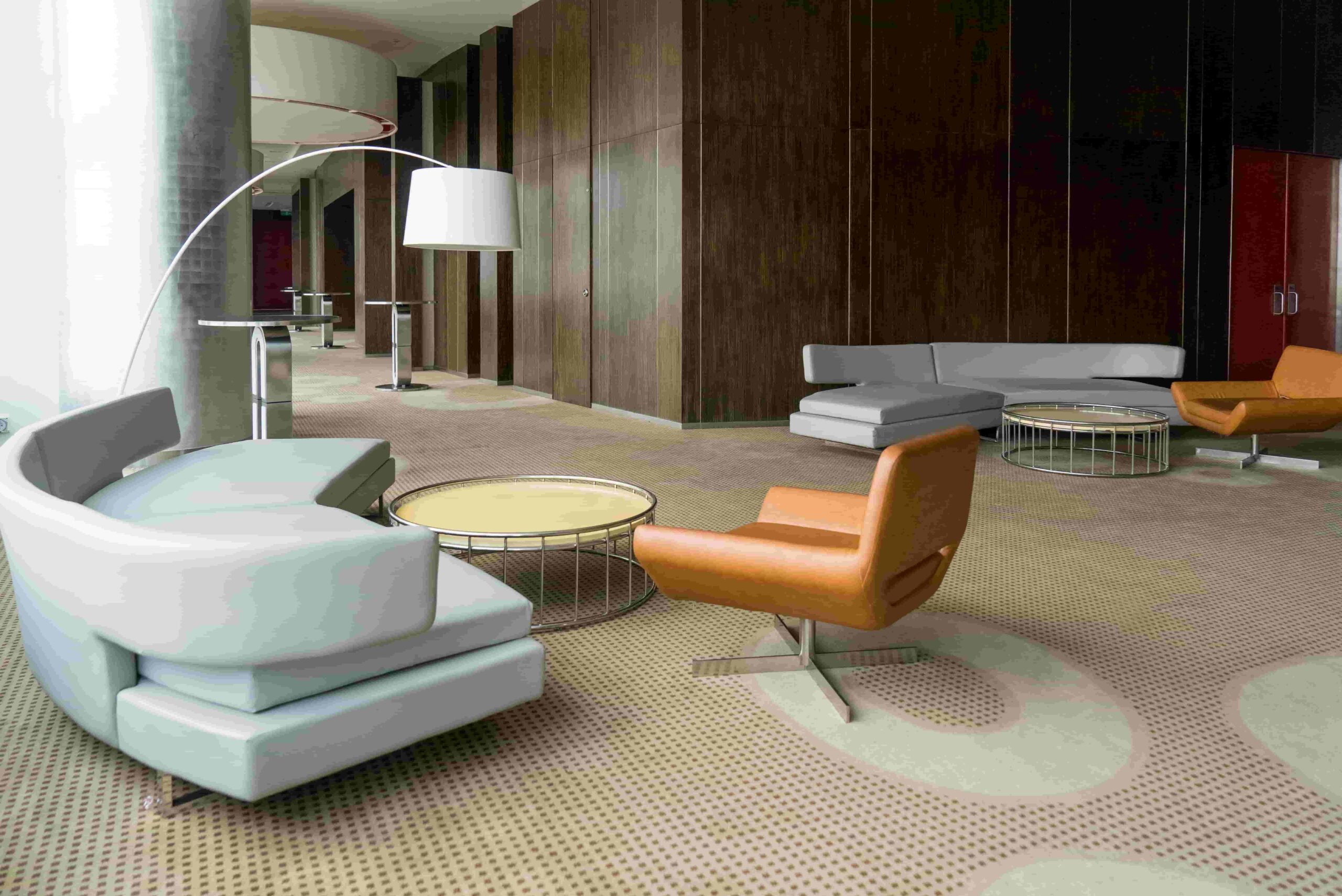Introduction
In today’s dynamic office environments, maintaining a comfortable and productive workspace is paramount. One often-overlooked aspect is office acoustics. Poor acoustic conditions can lead to distractions, reduced productivity, and even employee dissatisfaction. To counter these issues, the introduction of office acoustic furniture has become essential. This article explores the different types of acoustic furniture, their benefits, and how to choose the right pieces for various office settings.
Types of Acoustic Furniture
Acoustic Panels
To begin with, acoustic panels are a versatile solution designed to absorb sound waves, effectively reducing noise levels and echo within a space. These panels can be mounted on walls or ceilings and come in various shapes, sizes, and colors. They are often made from materials like foam, fabric, or wood, each offering different levels of sound absorption and aesthetic appeal.
Soundproof Pods
Moving on from panels, soundproof pods offer a more enclosed solution. These pods provide a quiet area within an open office, making them ideal for private phone calls, focused work, or small meetings. Equipped with soundproof materials that block external noise, they ensure a peaceful environment. Additionally, they often come with built-in lighting, ventilation, and power outlets, making them a self-contained workspace.
Acoustic Dividers
Lastly, acoustic dividers serve a dual purpose: they act as physical barriers and sound absorbers. These dividers can be freestanding or desk-mounted, providing flexibility in office layout. Typically made from materials like fabric-wrapped foam or PET (polyethylene terephthalate) panels, they are effective in dampening sound and minimizing distractions, seamlessly integrating into any office setting.
Benefits of Acoustic Furniture
Improved Concentration
One of the primary benefits of office acoustic furniture is the enhancement of concentration levels. By reducing background noise and distractions, employees can focus better on their tasks, leading to higher efficiency and quality of work.
Increased Productivity
A quieter workspace contributes to increased productivity. When employees are not constantly interrupted by noise, they can maintain a steady workflow and complete tasks more quickly. Acoustic furniture helps create an environment conducive to sustained productivity.
Enhanced Privacy
Acoustic furniture, such as soundproof pods and dividers, offers enhanced privacy for conversations and meetings. This is particularly important in open-plan offices where confidentiality can be a concern. Employees can discuss sensitive information without the risk of being overheard.
Choosing the Right Acoustic Furniture
Assessing Office Layout
The first step in choosing acoustic furniture is to assess the office layout. Identify areas with high noise levels and those that require more privacy. Open-plan offices may benefit from a combination of soundproof pods and acoustic dividers, while smaller offices might need wall-mounted acoustic panels.
Material and Design
Consider the materials and design of the acoustic furniture. Different materials offer varying levels of sound absorption, so choose ones that meet your specific needs. Additionally, the design should complement the office decor. Modern acoustic furniture comes in a wide range of styles, ensuring functionality without compromising aesthetics.
Budget Considerations
Budget is another crucial factor. Acoustic furniture can range from affordable panels to high-end soundproof pods. Determine your budget and prioritize the most critical areas that need acoustic treatment. Investing in quality acoustic furniture can yield long-term benefits in terms of employee satisfaction and productivity.
Future Trends in Office Acoustics
Smart Acoustic Solutions
As technology advances, smart acoustic solutions are emerging. These include sound-masking systems that use white noise to cover background sounds and intelligent acoustic panels that adjust absorption levels based on ambient noise. These innovations offer more precise control over office acoustics.
Sustainable Materials
There is a growing trend towards using sustainable materials in office acoustic furniture. Recycled PET panels, eco-friendly foams, and natural fibers are becoming popular choices. These materials not only provide effective sound absorption but also align with corporate sustainability goals.
Integrated Acoustic Design
Future office designs are expected to integrate acoustics more seamlessly. Rather than adding acoustic furniture as an afterthought, architects and designers will incorporate acoustic elements into the very fabric of office architecture. This holistic approach will create inherently quieter and more productive workspaces.
Conclusion
Office acoustic furniture plays a crucial role in creating a conducive work environment. By understanding the different types of acoustic furniture, their benefits, and how to choose the right pieces, businesses can enhance concentration, productivity, and privacy in their offices. As technology and design trends evolve, the future of office acoustics promises even more innovative and sustainable solutions.

